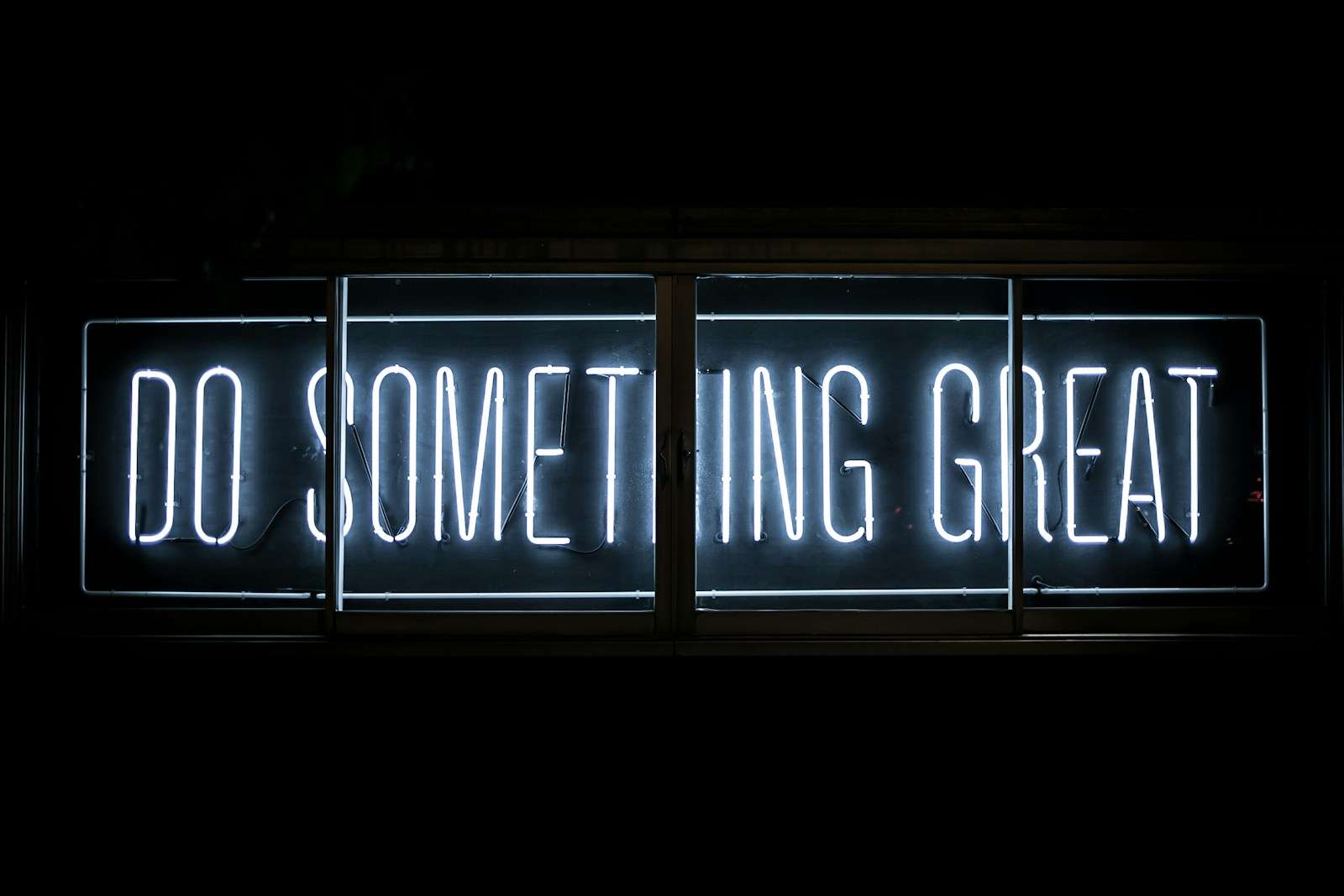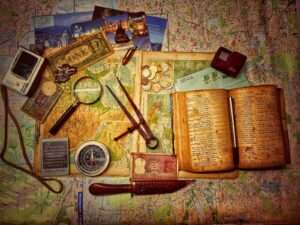Table of Contents
Unveiling The Top 35 Team Building Games Your Team Will Love: Strengthen Bonds and Boost Collaboration
Discover a collection of Top 35 Team Building Games meticulously crafted to amplify collaboration and fortify connections among your team members. Tailored for both virtual and in-person teams, these activities promise to inject an element of enjoyment into your routine while nurturing a profound understanding and appreciation for the diverse strengths and perspectives within your team.
Key Insights
- Team building games are indispensable tools for fortifying team cohesion and recognizing individual strengths.
- Versatile activities cater to both virtual and in-person teams, promoting inclusivity.
- Careful selection of activities is paramount, ensuring all team members feel comfortable and secure participating.
- Beyond the enjoyment factor, these games often unveil valuable insights into team dynamics, acting as a gateway to address underlying issues.
- Consistent integration of team building exercises can pave the way for enhanced communication, trust, and overall team performance.
Elevate your team’s synergy with these creative and enjoyable team building exercises, whether you’re convening virtually or in the office. Energize your team and brighten their day as you engage in activities designed to foster connection and collaboration. Choose exercises wisely to ensure everyone feels at ease and ready to participate in the shared experience.
Top 35 Team Building Games Your Team Will Love
Uncovering Personal Dynamics
Explore the intricacies of team members’ personalities with a unique twist. Engage the team in a personality test, such as the DISC or True Colors test, shedding light on individual strengths and weaknesses. A guest speaker can delve into the traits, providing insights on potential clashes and strategies to alleviate tensions. This exercise not only fosters understanding but also serves as a dynamic icebreaker for participants to share and compare results.

Ideation as a Team
Fuel creativity and showcase the value of every team member’s ideas with a fictional problem-solving challenge. Groups collaborate to write down solutions on a shared sheet, passing it to the next person for further development. The exercise emphasizes equal contribution, ensuring that diverse perspectives are given equal footing, breaking free from the dominance of vocal personalities during traditional brainstorming sessions.
Truths and Lies Unveiled
Promote team bonding through a Truth and Lie game. Each team member writes down three truths and one believable lie. As they share their statements, the team discusses and guesses which are true. This exercise unveils personal facts, breaking the silence of introverts and challenging assumptions. It fosters a deeper understanding of team members and self-awareness through the revealed misconceptions.
Miniature Society
Embrace creativity and teamwork by creating a miniature society or economy. Set rules for the group, providing room for challenges that require collective problem-solving. This activity goes beyond typical work-related tasks, allowing team members to showcase their rule-abiding or rule-bending approaches, fostering a better understanding of each other’s working styles.

Collective Journal
Build a living history of your team with a Common Book. Place a large, blank journal in a common area, encouraging team members to write, draw, or share quotes about their experiences. This ongoing exercise captures the team’s culture, encourages creativity, and provides a tangible record of the team’s journey over time.
High-Energy Scavenger Hunt
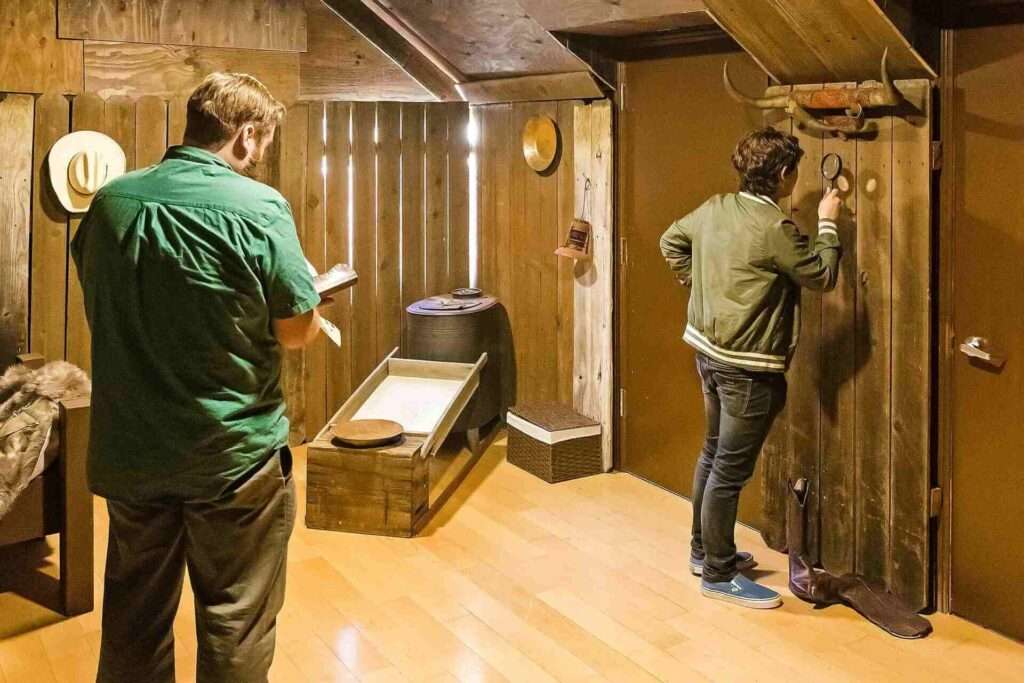
Inject energy into your team with a themed scavenger hunt. Divide them into groups, hand out lists of items to find, and set a time limit for returning with the most items. This activity promotes teamwork, creativity, and problem-solving as teams collaborate to gather the required items within the stipulated time.
Puzzle Barter Challenge
Ignite creative teamwork with the Barter Puzzle challenge. Teams receive different jigsaw puzzles of equal difficulty, with pieces from other teams’ puzzles mixed in. The goal is to complete their puzzle by convincing other teams to relinquish the needed pieces through various methods. This exercise not only tests puzzle-solving skills but also encourages strategic problem-solving and collaboration.
Resourceful Project
Divide your team into groups and challenge them to complete a specific project with limited resources. Whether creating a device or solving a unique problem, teams must utilize only the provided supplies. This exercise promotes problem-solving, creativity, and effective use of resources while injecting an element of fun and competition into the team dynamics.
GPS-Driven Geocache Adventure

Take your team on a geocache adventure using GPS coordinates and clues. This activity requires collaboration, problem-solving, and precise navigation to achieve a specific goal. The use of technology adds an extra layer of complexity, making it a challenging yet engaging team-building exercise.
Knowledge Exchange with Show and Tell
Revitalize the traditional “show and tell” concept by incorporating it into your team-building routine. Designate a regular day for team members to share something of interest or present on a topic. This activity encourages diverse participation, enhances presentation skills, and fosters a deeper understanding of each team member’s unique interests and expertise.
Find The Common Thread

Before your regular staff meeting, break your team into groups. Instruct the groups to find out one commonality among themselves. It might be a hobby or an interest they all do, or having the same favorite genre of music or favorite food.
Once they discover a commonality they can agree on, they create a list of what might be stereotypical qualities of such people. Then, the groups come together to announce to the rest of the groups who they are. For example, they might be “Roller Coaster Buffs” or “Jane Austenites.”
For the rest of the regular staff meeting (or the day, if you’re daring), group members must fulfill the stereotypes they listed. The Roller Coaster Buffs, for example, might periodically raise their arms and holler, or the Jane Austenites might rephrase all of their speech to coworkers as quotes from Jane Austen books. At the completion of the meeting (or day), talk about stereotypes that we assign to people. Discuss how they affect how we perceive other people’s abilities. Talk about how people managed to find a commonality, and the process it took to dig it up.
Purpose: The idea is to force your team to confront the foolish nature of stereotypes and how, if people really behaved as we casually write them off to be, the office would be much different. The game also reveals the ability of a seemingly random group of people to find a commonality. That’s a skill well worth building.
Mad Lib Mission Statement
Take your company’s mission statement(s) and turn them into the popular Mad Lib game. To do this, remove key nouns, verbs, and adjectives. Create a worksheet in which the removed words are shown as a blank line with instructions on what kind of word is needed.
In groups of two, have one team member ask for the correct type of word and the other team member supply the word. Or, if you do not want to break the team into groups, ask the team as a whole to supply one word at a time. Once there are enough words, read the mission statement back. It will sound silly. Now that the team knows what the goal is, ask them for the same word types.
See what kinds of words they supply. Repeat the exercise until you get a mission statement that the team feels is correct. A variation is to categorize the types of words before the first round. So, tell them you are looking for words that apply to the team without telling them you are working on a mission statement.
Purpose: Mission statements can sometimes sound great but miss the mark, particularly if your team doesn’t feel it represents them, or that they even understand it. By stripping away the jargon and stiffness and allowing the mission statement to go through several rounds of nonsense, you allow your team to help you craft a statement that is more relaxed and honest.
Organizational Jenga
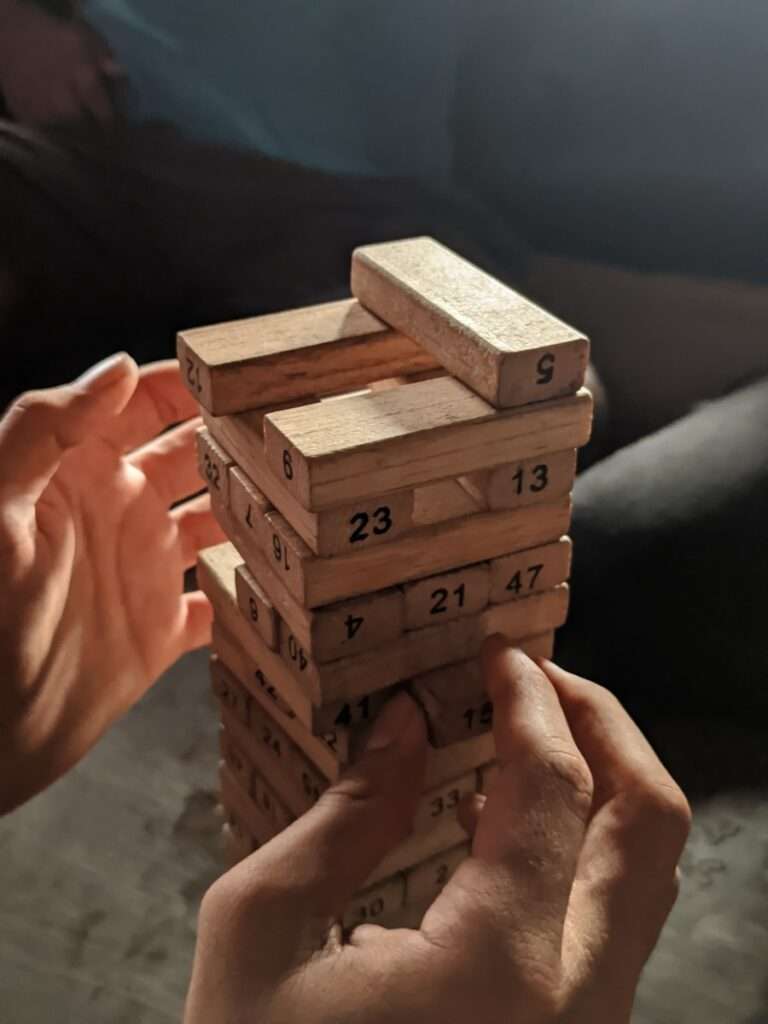
Using wooden blocks or an actual Jenga game, mark blocks according to the hierarchies present in your company. For example, you might have some blocks denoted as the IT department, and others as HR.
You might have particular shaped blocks marked as “manager” and block shapes as “support staff.” The labeled blocks should reflect the composition of your company in this office activity (e.g. if 10% of your staff is IT, so should 10% of the blocks). Divide your team into groups, giving them an equal number and kind of blocks. From here, either specify the type of structure each team must build, or provide guidelines and allow them to build any structure they want.
When the time limit has been reached, each team, taking turns, must begin to remove a block at a time without destroying their structure. Do not inform them ahead of time that you will be asking them to do this. If time allows, you may ask them to repeat the exercise. See if they find a way to build a structure that can withstand removal of blocks.
Purpose: This exercise is meant to show how each department and the various managers and staff positions are necessary to complete the task, and that without everyone in place, things fall apart. The second round reveals what “blocks” the team sees as unnecessary as they conceive of a way to deconstruct their structure without destroying it.
Blind Drawing
Divide your team into groups of two each. Have each person sit with their back to the other. One person will have a picture. The other person will have a blank sheet of paper and a pen. The team member with the picture must not show the other person the image.
Instead, they are to describe the image without using words that give it away, while the other team member is to draw what is being described. For example, the picture might be of an elephant standing on a ball. The description cannot be “draw an elephant on the ball” but instead must use other adjectives and directions. After a set time limit, the drawing time ends and both team members view the original picture and the drawing.
Purpose: This is an exercise that focuses on communication and language. While the final drawing will seldom look like the picture, it is revealing to participants to see how different the interpretation of instructions can be even when they are supposedly talking about the same thing.
What’s On Your Desk
Have each team member bring one item from their desk to the exercise. Then, tell them that this item is going to be their new product, and that they must come up with a name, logo, slogan, and marketing plan for that object. Give them a set amount of time.
This could be done individually, or in small groups if desired. Once the time is up, allow each person to present the item and give a two minute presentation on their “product” as if they were selling it. Discuss, as a group, which products were successfully sold and why.
Purpose: For marketing and design teams, this exercise presents the challenge of seeing old things in a new light. When combined with groups working together to sell a common object, you introduce teamwork and crunch-time brainstorming. It promotes creativity and problem solving, too.
You Get One Question
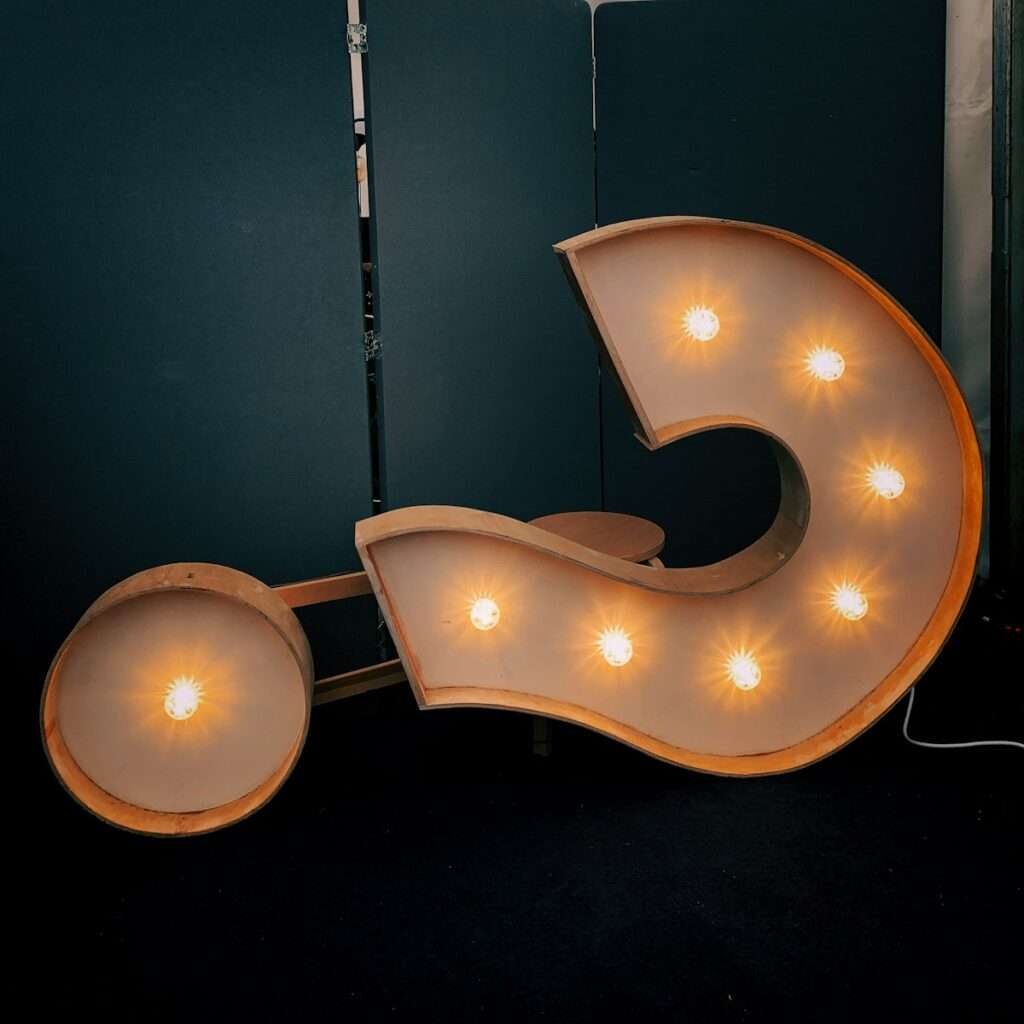
Come up with several scenarios in which a person would be chosen to do something. For example, it might be a new job hire, marriage, leading an organization, or commanding an army. Ask each team member to come up with the “perfect” question — but only one! — that should be asked of a person that would determine if they were the perfect fit for the scenario.
Have each team member write their question down. When all scenarios have been covered, discuss the questions as a group and see what each team member thinks would be the perfect question.
Purpose: Team members quickly learn how each other thinks differently. The perfect question that each comes up with will reflect their motives and what they think matters the most. This is an excellent way to lead into a discussion on how team members determine who is capable and who they will follow or trust.
The Perfect Square
Gather your team in a circle, and have them sit down. Each team member should then put on a provided blindfold. Taking a long rope with its ends tied together, place the rope in each person’s hands so that they all have a hold of it. Leave the circle. Instruct them to form a perfect square out of the rope without removing their blindfolds.
Once the team believes they have formed a square, they can remove the blindfolds and see what they’ve accomplished. You can introduce variations into this game. For example, you might, at random, instruct a team member to not speak. One by one, members of the group are muted, making communication more challenging. Or, let the team come up with a plan before putting on the blindfold, but once they cannot see, they also cannot talk.
Purpose: This exercise deals with both communication and leadership styles. There will inevitably be team members who want to take charge, and others who want to be given direction. The team will have to work together to create the square, and find a way to communicate without being able to see. By introducing the “muting” feature, you also inject the question of trust. Since instructions can’t be vocally verified, the team member calling out instructions has to trust those who cannot talk to do as they are told.
What’s My Name?
On name tags or similar labels, write down the name of a famous person, or write down people types (e.g. doctor, athlete, nerd, disabled, wealthy, homeless, etc.). Place these nametags on a team member’s back so that they cannot see what they are, but the rest of the group can. For a set amount of time, the entire group should mingle, and ask and answer questions.
They should treat each other according to the stereotypical way based on what kind of person they have been labeled. Each team member can use that treatment, as well as the answers to questions, to figure out what the label is. As each team member figures out who they are, they can exit the game and let the rest continue.
Purpose: By confronting stereotypes in both how people treat us and in the questions and answers used, the team can get a better sense of how we mistakenly see people as well as how it feels to be so narrowly defined. This is also a good ice-breaker activity if you have team members that do not know each other yet.
Group Timeline
On a bulletin board or other surface which accepts thumbtacks, create a blank timeline. The timeline should start as far back as the oldest member on your team was born or when the company was founded, whichever came first.
Mark each year on the timeline. Then, using narrow strips of paper, write down important dates for the company (e.g. founded, merged, changed names, incorporated, new product) and pin it to the correct spot on the timeline. Give your team members four slips of paper, and ask them to mark down four important moments in their life. Let them pin them to the timeline.
Purpose: This exercise helps show, in a visual way, the different generations and experiences of your team. It leads well into talking about cultural and generational differences and the effects that has on how people work and communicate. It is also an opportunity for team members to learn more about each other.
Watch Where You Step

Using masking tape, create a large polygonal shape on the floor. It should be about 12 feet long by 6 feet wide, at least. Mark the start and stopping points. Make the shape a bit convoluted, choosing a shape that is elongated with the idea that people must make their way from one end to the other. Place a few squeaky dog toys inside the shape, and twice as many full sheets of paper with a large X on them inside the shape. The paper is the mines.
At least two at a time, each person on your team must make their way from start to finish blindfolded. They cannot step outside of the boundary, nor can they step on a mine. If they do, they are frozen. They can only be unfrozen if someone else inside the shape steps on a squeak toy. Their only guidance is the vocal commands of those outside the shape who are not blindfolded.
Purpose: This game is about communication, and trusting each other. Players learn to be observant of multiple actions as well as give clear and timely advice.
Classify This
Collect a variety of objects and put them in the center of a table. The broader the variety, the better (e.g. office supplies, dinnerware, jewelry, toys, game pieces, etc.). Aim for at least 20 different objects. The goal is to collect items that, at first glance, have no apparent connection. Break the team into groups, giving each group a sheet of paper and pen.
Make sure they have a clear view of all the objects. Instruct them to classify the objects into four groups, writing down the groupings on their sheet of paper. They should not let the team groups hear what they are doing. When the time is up, have a spokesperson for each group reveal how they classified the objects, and why.
Purpose: This exercise promotes teamwork and creative thinking, but it also encourages your team to rethink how they view everyday objects. They are forced to look for commonalities in otherwise unconnected objects. This leads to a discussion on how to work outside the box for solutions to problems that seem wholly unrelated.
This Is Better Than That
Bring in four objects (or multiple sets of four objects) of the same type (e.g. four different sets of mittens, four different coffee mugs). Write up a conversational scenario for each set that outlines what the perfect item would be, in the order of preference.
While none of the four objects is an exact match, each has qualities that reflect that perfect list. Read this scenario to your team, and instruct them to order the objects from best fit to worst fit. When all object sets are done, have team members explain why they ordered the objects that way. The key to this exercise is to make the scenario complex enough that it isn’t immediately obvious which objects are best.
Purpose: This exercise helps your team break down a scenario or problem and figure out which things are the best fit. This dovetails directly into discussion on current projects or challenges facing the group, in which you can, as a group, write a scenario for an actual project you are working on and decide which solutions are the best fit.
It’s Your Problem
Bring the team into the room, and divide evenly into groups of at least two. Tell them they have thirty minutes to come up with a group problem-solving challenge that would make use of: teamwork, creativity, communication.
When the thirty minutes is complete, the team will choose from one of the problem-solving challenges and actually do the activity.
A variation is to use all of the challenges over a period of time so that your team-building activities come directly from your team itself.
Purpose: This team-building exercise puts leadership responsibilities back on your team, showing them that they have the potential to come up with solutions, too. It also gives your team a chance to challenge other team members in ways they might not otherwise find the opportunity to do so in regular workday activity.
How are we progressing with the compilation of the Top 35 Team Building Games Your Team Will Love? Let us know.
Active Listening
Bring your team in for what they think is just another staff meeting. Have a long document filled with mind-numbing but coherent jargon-filled speech that talks vaguely about sales and marketing goals. Sprinkled in the document are sentences that say something else entirely.
These sentences should contain instructions or information that they will be quizzed on after you are finished. Begin reading it to your team in monotone. The goal is to get them to tune you out. Do not over-emphasize the “real” sentences.
When you are finished, hand out paper to each team member. Then, ask them to write down what they thought you talked about. If your real sentences contained random information, quiz them on that. Discuss who heard what, and see who was able to actively listen.
Purpose: This exercise touches on conflict resolution with the idea that many conflicts arise because team members don’t really listen. It shows the importance of listening to verbal communication, but also non-verbal communication. They can discuss why they tuned you out, and what you could have done to keep them tuned in.
Company Concentration
Most of us played the game “concentration” as a child, where you’d have pairs of cards randomly mixed and turned over, and you’d take turns flipping over two at a time. The goal was to collect as many pairs as possible, remembering what you’d seen.
Create a card deck that has images or words related to your company or brand. It might be logos, products, photos of your team, and so on. Whatever route you go, keep the images related. For example, use all photos of your team, or all photos of your products. Divide up into teams and see which team can match the most pairs in the least amount of time.
You might set additional rules, such as requiring the name of the person to be said aloud when the card is flipped over, or some other related bit of information connected to the image on the card.
Purpose: To learn the names, information, and visuals associated with your company. This is particularly effective if you have a lot of new team members and you want everyone to learn their name and something about them.
Company Concentration: Debate Version
The idea is the same as the “Company Concentration” format, where pairs of cards with visuals on one side are used. However, the goal here isn’t necessarily to match up cards and remember where they were, and the images on the cards will not depict team members but will instead depict discussion-worthy concepts.
Teams can get a point for matching up cards, but they can get two points if they choose to successfully debate and argue why the two cards they turned over are associated. If the majority of the room agrees with their reasoning, they receive the points. If not, they lose a point. You might use cards illustrating user personas, products you sell, procedures you use in development, customer support problems, known issues you’re trying to solve, and so on.
Purpose: This team-building game can help in brainstorming (associating two problems together, for example, that hadn’t been) as well as getting team members to think on their feet and spot connections they hadn’t before. It also forces them to decide what is worth debating or not, as well as whether or not someone has provided a good argument.
Triangulate Your Place
Assemble all but one of your team members in the shape of a triangle. They should be facing into the triangle, standing side by side to create the outline of the shape. Take the remaining member and place them inside the triangle.
Let them choose to face whatever direction they want to, and instruct your team to remember exactly where they were in relation to the spinner. They should note who they were standing next to, and how they fit into the triangle shape based on where the spinner is facing.
The spinner should begin to slowly spin around. Without warning, the spinner should stop and stand still. At that point, the team has a set amount of time to reassemble into place so that the end result is a triangle situated correctly according to whatever direction the spinner chose to face.
Purpose: This team-building activity is a great way to get the blood-pumping and to get your team to work together. They need to remember where they belong on the triangle and help others, too, in order to finish in time.
Penny For Your Thoughts
Gather pennies (or any other coin) so that you have one for each member of your team, and so that the year on the coin is within your team’s lifespan (i.e. you won’t have a coin dated older than the youngest on your team). Dump the coins in a container, and have each person draw out a coin. Have each person share something significant that happened to them in that year.
Purpose: This team-building activity is a simple way for participants to get to know each other, and it’s a quick icebreaker to loosen up team members before a meeting.
Hello My Name Is
Create a list of adjectives that describe people’s attitudes (e.g. grumpy, happy, negative, fearful, encourager, discourager, positive, joker, etc.). Have enough adjectives for every member of your team, and write each adjective on a self-adhesive “Hello My Name Is” sticker.
Place the name stickers in a container, and have each team member draw a name sticker out without being able to see the adjective. Have them stick the name tag on their shirt and wear it for a specific period of time, instructing them that all of their responses and interaction for that time must reflect the adjective on their name tag.
You can use this in several ways. Your team could wear them during a typical meeting or brainstorming session to show how good and bad attitudes affect outcomes. They could wear them for a typical work day and then discuss how they felt. Or, you could have them wear a name tag half of the day, and switch with someone for the second half.
Purpose: To show that assigning an attitude or telling someone they are “acting grumpy” can actually affect how they view themselves and how they act during the day. If they switch name tags, they will see how behavior and action often define feeling, and not the other way around.
Telephone, On Paper
Give each team member a piece of paper. Have them draw a simple drawing on the paper, without talking to anyone else. Each person then passes the paper to their right. Each team member looks at the drawing they now have, folds the paper in half, and writes at the top what they think the picture is of. The paper is passed to the right again.
Each person reads the description, folds the paper over to hide the words, and draws a picture of that. This continues, where each pass alternates between determining what the picture was and drawing what was described. It is important that each turn only reveals the words or picture from the previous round. Separate sheets or pads of paper may be used if that is easier than one sheet of paper, but they should be passed together.
When the paper is back to the original owner, each member reveals what was written and drawn.
Purpose: This activity tends to create a lot of laughter and is an excellent ice-breaker at parties or before long meetings where you want people to be comfortable with each other. The drawings and interpretations tend to bring out discussion and jokes.
Problem Family Tree
Give each team member a piece of paper. Instruct them to write down, at the top of the sheet, a problem they have at work. Make sure to tell them it shouldn’t be directed at a specific person. These should be complaints about procedure, product, or some other non-human problem they’ve observed or believe exists.
Next, have them write below that, leaving a slight space, two things they think causes that problem (again, not mentioning specific people but finding a way to focus on systems, ideology, or procedures that people use). Draw a line from the two ideas up to the main problem, much like a family tree structure. Then have them break down those two ideas further, two for each, as far as they can go. The idea is to figure out what small things have led to the big things.
The exercise could stop here, allowing the team members to simply enjoy personal discovery, or their results could be discussed as a group to see if there were small underlying problems that popped up on multiple problem family trees.
Purpose: To help team members see the real problems they deal with, and what causes them, not as specific people who cause trouble, but as often seemingly small issues that mix with other small issues to create larger problems.
How are we progressing with the compilation of the Top 35 Team Building Games Your Team Will Love? Let us know.
Do The Math
Create “tasks” that are assigned different values. For example, you might have “Climb Mt. Everest” and give it a value of 35, while “Give the dog a bath” has a value of 3. Give each member of your team three cards with the same number on them so that every team member has a set of numbers different from every other player.
One person will have all 1’s, while another might have all 10’s. The goal is to accomplish the tasks in a set amount of time so that whoever is left will get a prize based on the total value of the tasks completed. However, in order to “do” the task, they must get people together whose numbered cards add up to the value of the task.
Once a card is used, it can’t be used again. And once a team member has used up all their cards, they are taken out of the game and out of the running for the prize. Ideally, there are more tasks and values than can be fulfilled by the cards your team possesses.
They must determine which tasks to do, and which cards to use up. Ultimately, not every task can be completed, and not everyone can be a winner. The goal is to get the highest total task value (for the best prize), and work together to achieve it knowing that in order to do so, some will miss out.
Purpose: This rather painful game helps your team work together, understanding both strategy and self-sacrifice. Hopefully, once the game is over you’ll see that everyone has some kind of prize or reward, but it’s best to allow the team to not know that during game play.
THE BLIND TASTING EXTRAVAGANZA

Description: Unveil the playful side of wine with The Blind Tasting Extravaganza! Guests are greeted with a glass of sparkling wine upon arrival, setting the stage for networking and enjoyment. Dive into a dynamic wine-tasting crash course before being grouped into teams.
Armed with newfound knowledge, embark on a blind tasting competition featuring three wines, with the winning team disclosed after each tasting. It’s a lively and entertaining activity for everyone to relish!
Top 35 Team Building Games Your Team Will Love, revealed!
What is included:
- Welcome drink upon arrival
- Wine Tasting crash course
- Blind Tasting team-building activity
- Tasting of 4 premium wines (total)
- Gourmet cheese & charcuterie platter (alternative options available)
- Notes and other printed material
- 2-hour duration (approx.)
Added Value:
- Deviates from traditional wine tastings, emphasizing human connections within the group
- Team creation accommodates non-alcoholic drinkers (spitting encouraged)
- Ideal for any-sized group
THE PERFECT BLEND COMPETITION

Description: Elevate your experience with The Perfect Blend Competition! Guests are welcomed with a glass of sparkling wine, creating an atmosphere for networking and camaraderie. The activity kicks off by introducing guests to the most popular wine blends worldwide.
Teams are then formed, equipped with tools to craft their unique wine blend, complete with a name and logo. The culmination involves a blind tasting competition where each team vies for the title of the best blend. A dynamic and enjoyable experience for both drinkers and non-drinkers alike!
Top 35 Team Building Games Your Team Will Love, revealed!
What is included:
- Welcome drink upon arrival
- Popular Wine Blends crash course
- Wine blending team-building activity
- Wines for blending activity
- Gourmet cheese & charcuterie platter (alternative options available)
- Notes and other printed material
- 2-hour duration (approx.)
Added Value:
- Shifts focus from traditional wine tastings to a group experience fostering human interaction
- Multi-step activity engages both drinkers and non-drinkers
- Ideal for any-sized group
VIRTUAL WINE EXPLOSION

Description: For a lively virtual team-building activity, experience the Virtual Wine Explosion! Designed for teams or groups of friends, this virtual blind tasting competition goes beyond traditional wine tastings.
Enjoy a curated selection of international wines through a four-bottle flight. The virtual event, spanning 60-90 minutes, emphasizes engagement, connection, and pure enjoyment.
What is included:
- Four 75ml bottle wine flight
- Quality international wine selection
- Shipping cost (anywhere in USA)
- 60-90 min virtual team-building activity
- Activity printouts
- Digital invitation for confirmed participants
- Address collection form
What your group will need:
- Access to a computer and the internet
- Two wine glasses
- Water
Added Value:
- Utilizes virtual tools for an experience resembling in-person events
- Promotes human interaction in a virtual environment
How are we did it with the compilation of the Top 35 Team Building Games Your Team Will Love? Let us know.
Top 35 Team Building Games Your Team Will Love, revealed!
Conclusion
The compilation of 35 Team Building Games offers a diverse range of activities designed to foster collaboration, creativity, and communication within a team. Each game serves as a unique tool to address specific aspects of team dynamics, from problem-solving and active listening to strategic thinking and self-awareness.
By engaging in these activities, teams can strengthen their bonds, enhance their problem-solving skills, and cultivate a positive and cohesive working environment. Whether aiming to break the ice among new members, tackle complex challenges, or simply infuse fun into the workplace, these team-building games provide a valuable resource for organizations seeking to build stronger, more effective teams.
Embracing these activities can contribute not only to improved teamwork but also to a more enjoyable and fulfilling work experience for everyone involved.
Top 35 Team Building Games Your Team Will Love, revealed!
Other interesting links
- CUSTOMIZE YOUR EXPERIENCE
- Team Building blog
- Wine Courses
- THE BLIND TASTING COMPETITION
- THE PERFECT BLEND COMPETITION
- TEQUILA & MEZCAL EXPERIENCE
- Food & Wine Pairing
- VIRTUAL EXPERIENCES
Links to other interesting articles:
73-powerful-team-building-activities
unlock-the-fun-with-18-virtual-team-building-activities
powerful-tips-for-crafting-a-company-culture
Links to other interesting articles:
19-amazing-virtual-team-building-activities
35-powerful-team-building-activities
